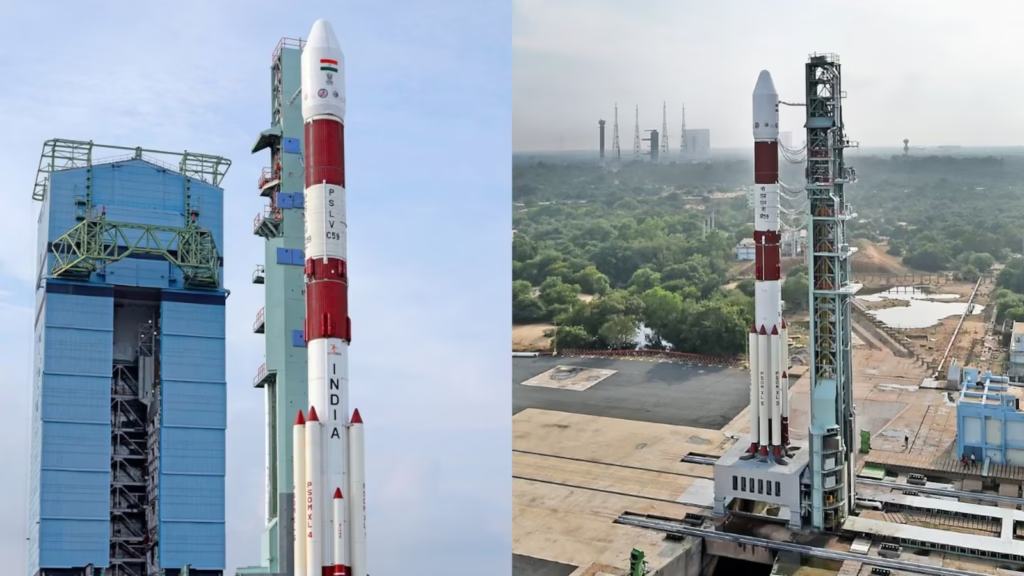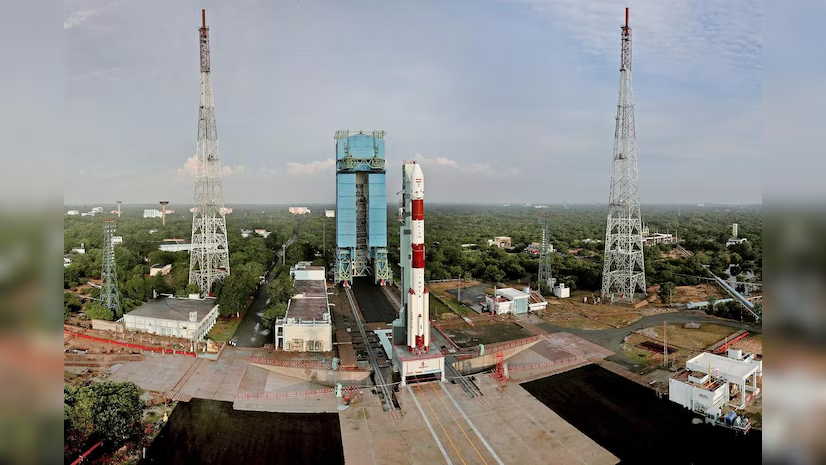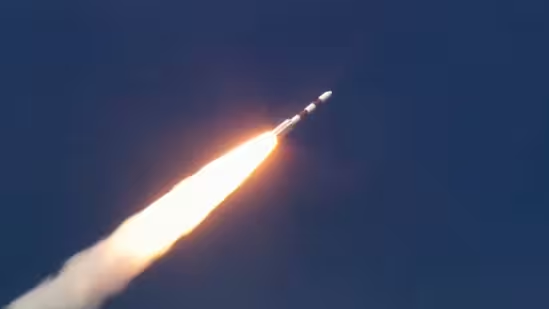The Highlights:
Launch Details and Mission Objectives
ISRO’s Polar Satellite Launch Vehicle, PSLV-C59, had a lift-off from First Launch Pad at Satish Dhawan Space Centre, Sriharikota, Andhra Pradesh on December 5, 2024, at 4:04 PM IST. The primary payload of this mission was ESA’s Proba-3, including two satellites, Coronagraph Spacecraft and Occulter Spacecraft, having a combined mass of around 550 kg. These satellites were placed in a highly elliptical orbit with a perigee of 600 km and an apogee of 60,530 km.

Proba-3 is designed to demonstrate precision formation flying, maintaining a fixed configuration with the two satellites positioned 150 meters apart. This arrangement enables the OSC to block the Sun’s disk, allowing the CSC to observe the Sun’s corona—the outermost part of its atmosphere—with unprecedented clarity. Such observations are crucial for understanding solar phenomena like coronal mass ejections and solar winds, which can impact Earth’s space weather environment.
Significance of the Mission
This mission marks the world’s first precision formation-flying demonstration in space and highlights cutting-edge technologies in autonomous satellite positioning and control. The demonstration of such high accuracy in formations gives a way for future space missions that would be conducted to provide Earth observation at higher resolution, deep space exploration, and complicated scientific experiments that require a coordinated multi-satellite system.

International Collaboration and Technological Milestones
The successful launch of Proba-3 testifies to the strong collaboration between ISRO and ESA, a testament to the growing stature of India in the global space sector. The mission also cements PSLV’s reputation as a reliable workhorse for sending complex payloads to precise orbits, following recent successes such as Chandrayaan-3’s lunar landing and the Aditya-L1 solar observatory missions.
Future Perspectives
Technologies proven on Proba-3 are going to set the stage for even more complex formation-flying missions for better observation of celestial bodies and for very intricate, space-based experiments. The solar corona data collected will advance the knowledge about solar activity and its impacts on Earth space weather, hence, improvement in predictive models and mitigation efforts.
Conclusion
This marks an important milestone in space exploration: ISRO has successfully launched ESA’s Proba-3 mission, with cutting-edge formation flying technology, which further enhances international cooperation. Not only does it improve our knowledge of the Sun’s corona but also lays a strong foundation for future cooperative missions that will advance space science and technology.
For Latest News Updates Click Here
